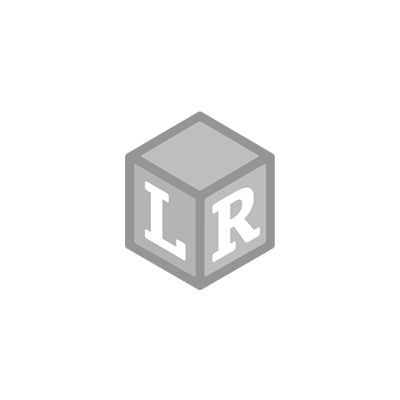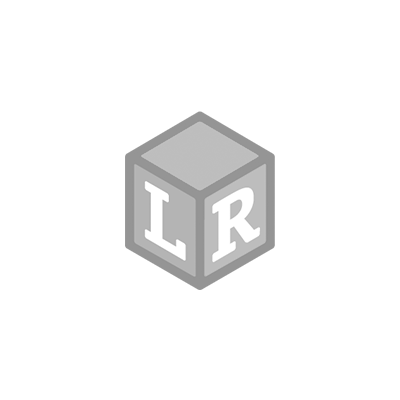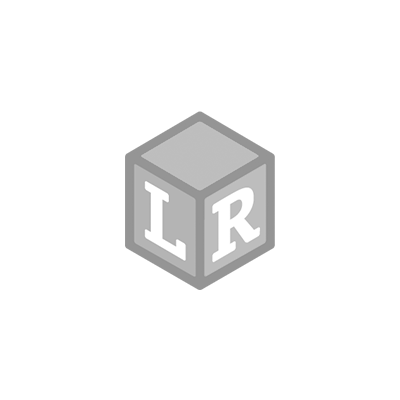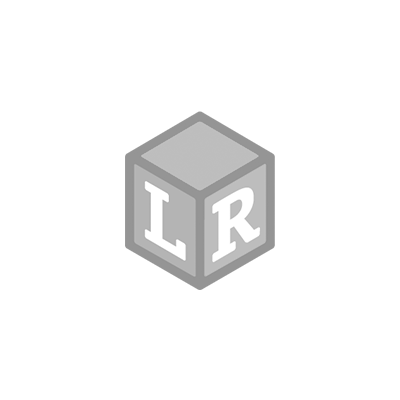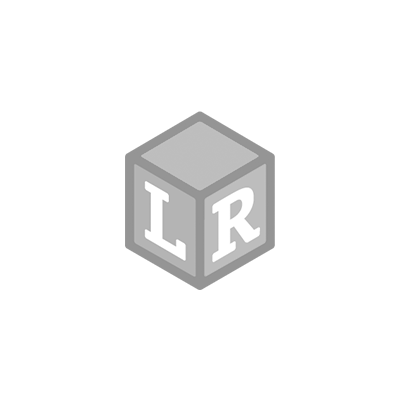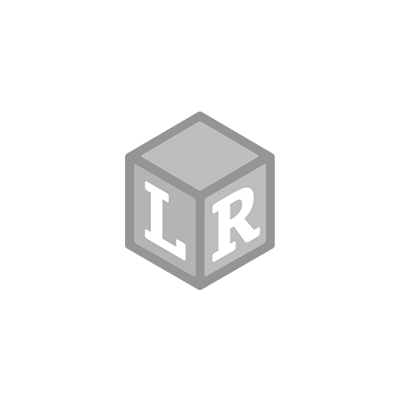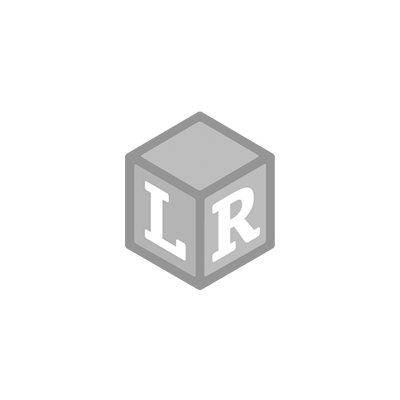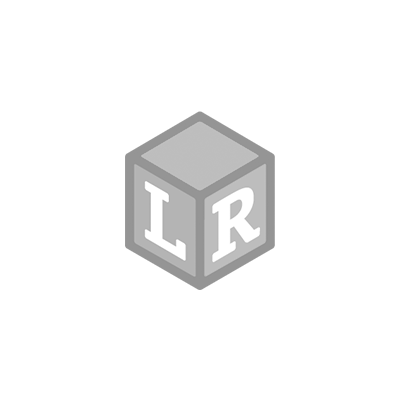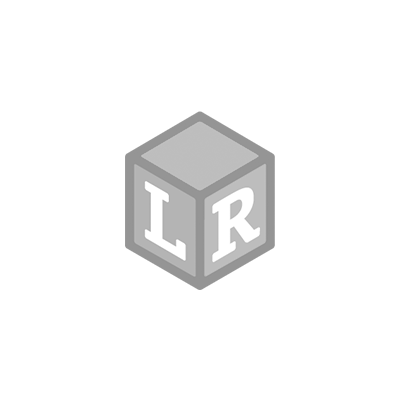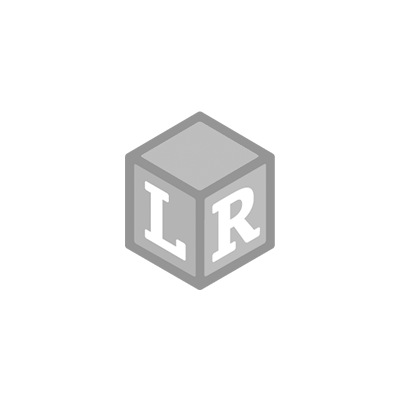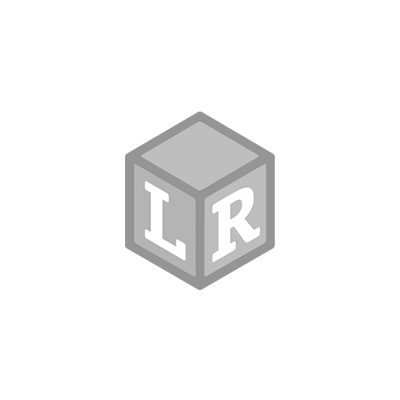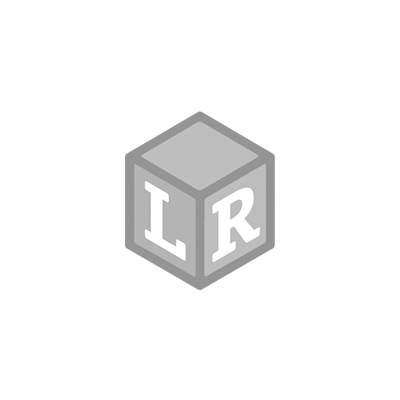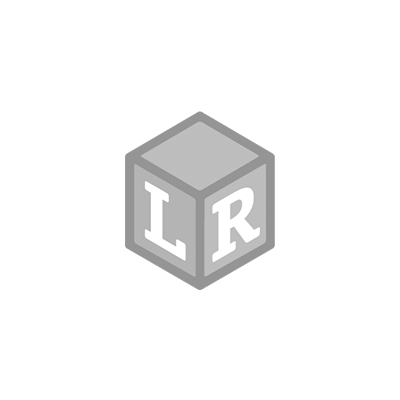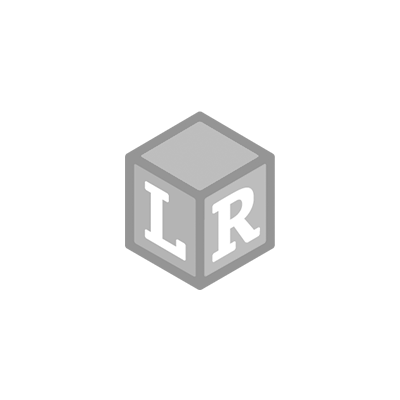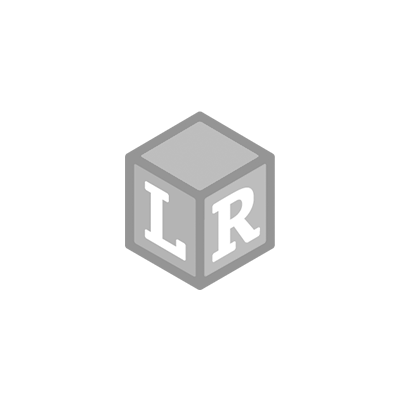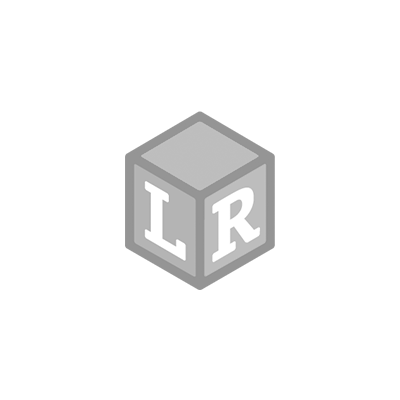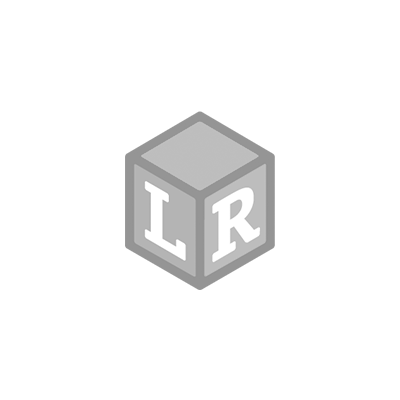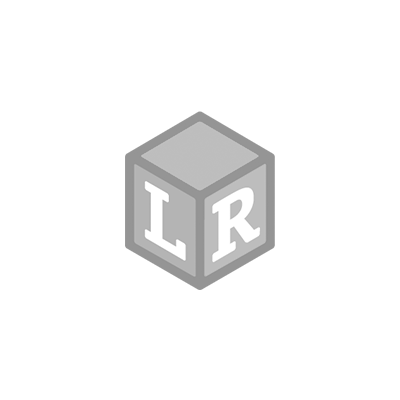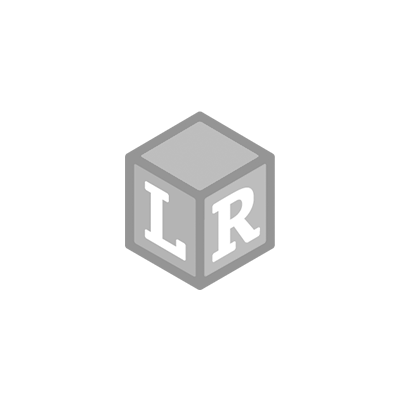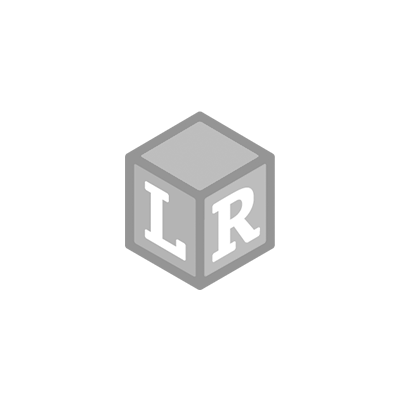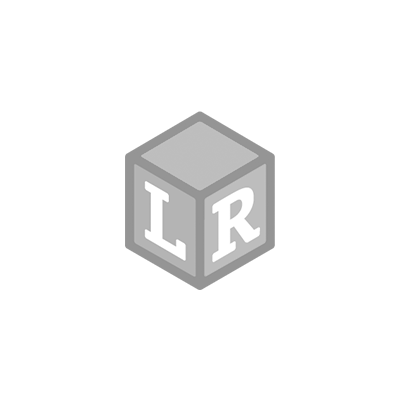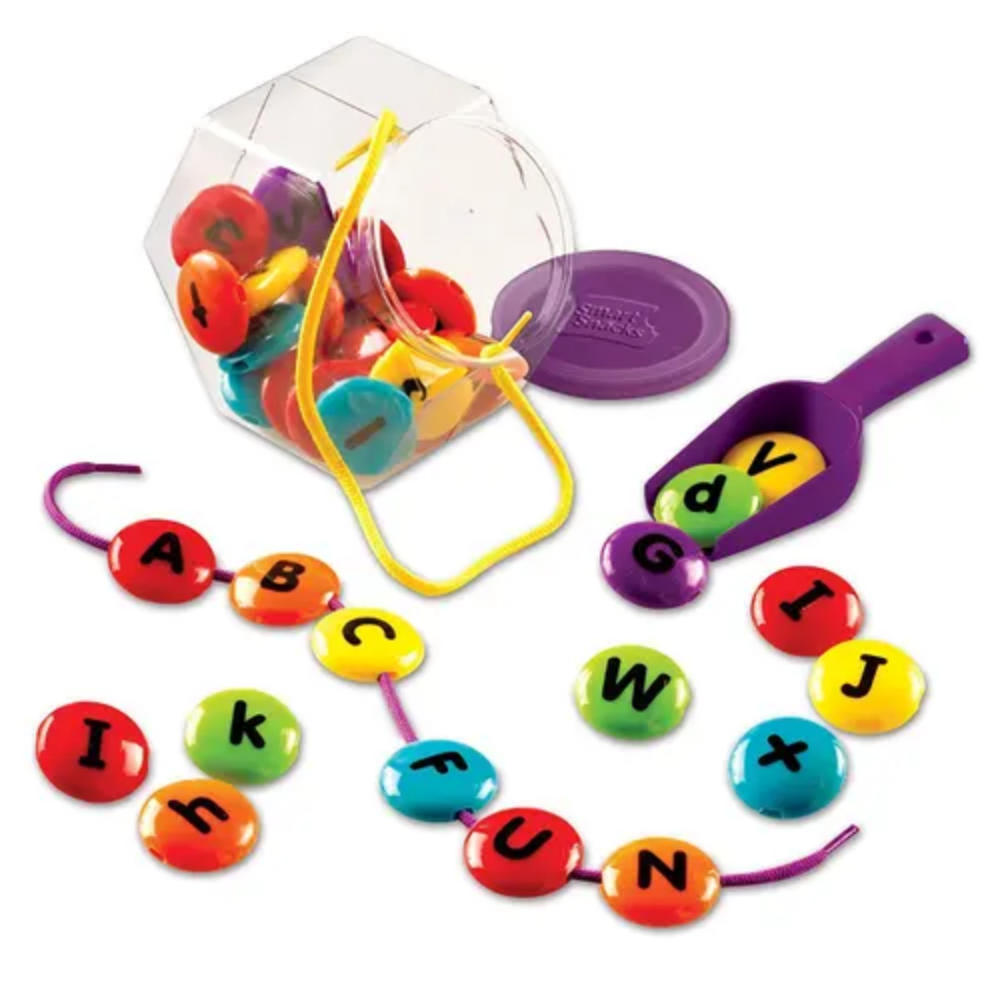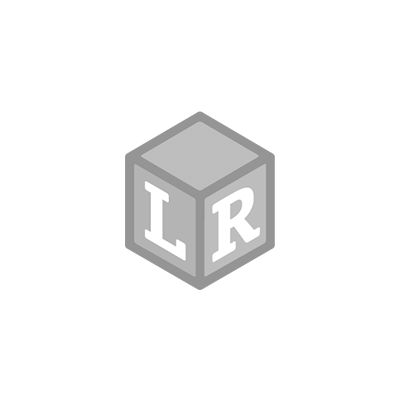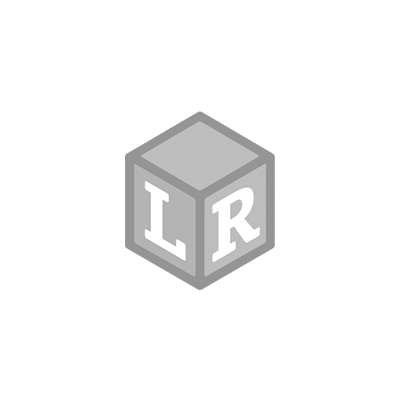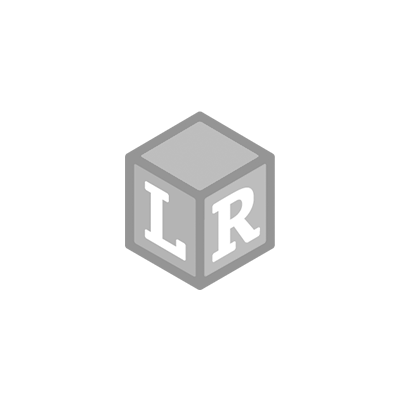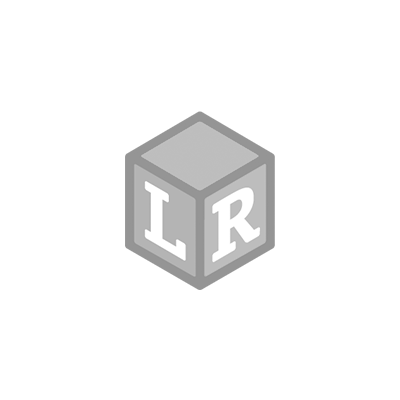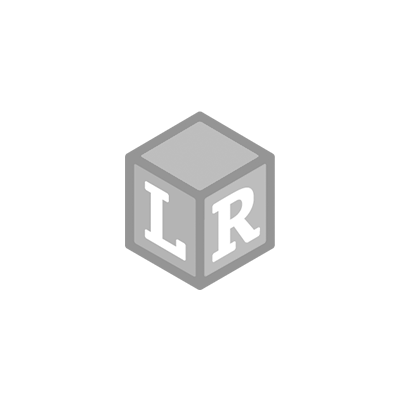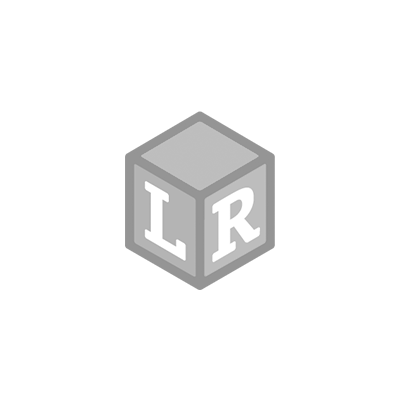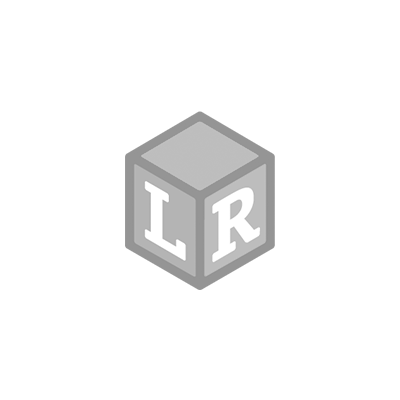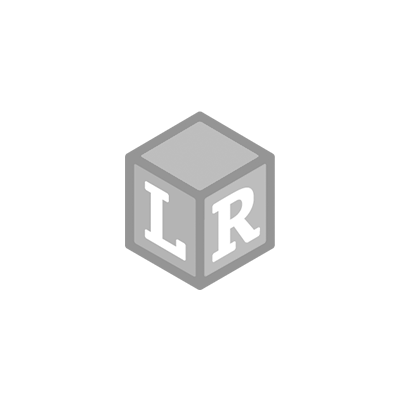
Colorful Cubes Investigation
- Gabrielle Fischer Posted On Jan 20, 2021 | Math
It can be tempting to think that scientific experiments are only for ‘big kids’, but I firmly believe that even toddlers and preschoolers can start to develop key science-based skills given the correct activity. This is one of our all-time favorite ways to enjoy a science experiment, and all you need is a few basic ingredients. Here are all the details for this fun colorful ice cubes experiment.
What you need for making the colorful ice cubes:
- Helping Hands Fine Motor Tool Set™
- Ice cube tray
- Bowl of water
- Kool-Aid, we used six different colors/flavors (this adds great colors… and lots of smells too!)
- Small pots or containers
- Toothpick or mini kebab stick for stirring
- Selection of sequins (glitter, beads, pom poms or even small toys will also work)
- Tray or container to help contain the mess

How to make the colorful ice cubes:
The great thing about this activity is that it naturally lends itself to so much fun sensory play, whilst also working your child’s fine motor skills hard. Start off by adding a little of each color Kool-Aid powder to your containers and then invite your child to squirt on some water with their Twisty Dropper™. My 3-year-old gave the cutest little gasp as she saw the water change color. She also loved that the Kool-Aid made ‘yummy smells’ as well. After she added water to each container she used a little kebab stick to give them all a good stir.


This is the point where we started to talk about the science experiment we were creating. I explained that she had made some lovely colored water and that water is a liquid. I asked her to predict what would happen if we put her colorful water in the freezer overnight. She told me that she thought the water would get very cold and freeze. This was a great start and led to us talking about the difference between the water which is a liquid, and ice which is a solid. It may seem like such a concept is too complex for your preschooler, but I’m a strong believer in the power of exposure. Just by involving my preschooler in the discussions, she is being exposed to the vocabulary and I am positively modeling interest and skills associated with science.
After our discussion, we transferred the colored water into an ice cube tray. This was another great way to get her hand muscles working. We were also able to link in some color mixing as she decided to invent a few new colors by mixing the ones from her containers. I always love watching children’s amazement when colors mix together to make new colors.


The final stage of making the colorful cubes was to add some sequins and confetti. This is optional of course, but it makes it really fun when the ice cubes melt because you can then try and rescue all of the runaway confetti. Once the ice cube tray was full of colorful and sparkly liquid, we put it in the freezer and left it to freeze overnight.


What you need for melting the colorful ice cubes:
- Helping Hands Fine Motor Tool Set™
- Colorful ice cubes frozen overnight
- A bowl of warm water
- Pot of salt
- Large bin or container

How to melt the colorful ice cubes:
Once you get the ice cubes out of the freezer tip them into a large bin and have the fine motor tools, warm water, and salt at the ready. Before you add anything to try and get the ice cubes to melt, take the opportunity to explore what has happened to the water overnight. A great way to do this is to use your senses. Ask your child what they can see has changed, and also how it feels different from before. Communicating their findings is a scientific skill within itself!


Now comes the fun… let’s get melting! Let your child add the salt and warm water using their hands and the fine motor tools. The Squeezy Tweezers™ were great for distributing the salt over the ice. I took the opportunity to explain why the salt helps to melt the ice while she played. Again, I’m not expecting her to learn these facts but just the exposure is a great start.


As the colorful cubes melted it was so neat to see the confetti coming loose and floating in the water. The colors also all started to mix in the bin. The Handy Scooper™ was such a fun tool for scooping up the cubes and water and watching it drip through, leaving the confetti inside the scooper.


The more warm water my preschooler added, the quicker the ice cubes melted. I asked her what she was noticing and she did a great job of using her senses to describe the changes. There was so much scientific vocabulary being used!
Wrapping up the investigation:
As with any science experiment, it is important to reflect on what we predicted would happen. We ran through the process of freezing the water so that it became a solid ice cube, and then how adding salt and warm water helped the solid to melt back into a liquid. So much learning in this fun hands-on sensory activity. We hope you give it a try too!
 Shop UK Site
Shop UK Site 

